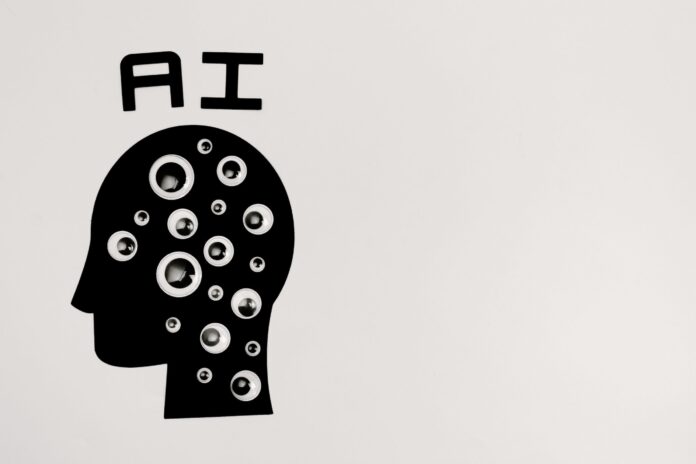In today’s world, natural language processing (NLP) and deep learning (DL) are two of the most important fields in computer science. The goal of NLP is to help computers understand human language and communicate with humans in a way that is both natural and intuitive. On the other hand, DL is a subfield of artificial intelligence (AI) that uses neural networks to solve complex problems. In this blog post, we will explore the relationship between these two fields and how they work together to achieve their goals.
NLP is a field that has been around for decades, but it has gained significant momentum in recent years due to the rise of social media, the proliferation of digital content, and the growth of voice assistants. NLP uses a combination of machine learning algorithms and linguistic knowledge to analyze and understand human language. The goal of NLP is to create algorithms that can process and understand human language in a way that is similar to how humans do.
Deep learning is a subset of machine learning that is inspired by the structure and function of the human brain. DL algorithms use neural networks to learn from data and make predictions. These networks consist of layers of interconnected nodes that process and transform data, with each layer extracting increasingly abstract features from the input data. DL algorithms are particularly well-suited for solving complex problems that involve large amounts of data and require a high degree of accuracy.
The relationship between NLP and DL is symbiotic. NLP provides the raw data and linguistic knowledge that DL algorithms need to learn and make predictions. DL, in turn, provides NLP with the ability to process and understand large amounts of data quickly and accurately. This synergy has led to significant advances in both fields and has enabled the development of many applications that were previously impossible.
One of the most important applications of DL in NLP is in the area of natural language understanding (NLU). NLU is the ability of machines to understand the meaning behind human language. DL algorithms, such as recurrent neural networks (RNNs) and convolutional neural networks (CNNs), have been used to develop models that can perform tasks such as sentiment analysis, named entity recognition, and machine translation. These models have achieved impressive results, surpassing human performance in some cases.
Another important application of DL in NLP is in the area of natural language generation (NLG). NLG is the ability of machines to generate natural-sounding language. DL algorithms, such as generative adversarial networks (GANs) and transformer models, have been used to develop models that can generate text that is indistinguishable from human-written text. These models have a wide range of applications, from chatbots to automatic summarization.
In conclusion, the relationship between deep learning and natural language processing is crucial to the development of intelligent machines that can understand and communicate with humans. NLP provides the raw data and linguistic knowledge that DL algorithms need to learn and make predictions, while DL provides NLP with the ability to process and understand large amounts of data quickly and accurately. This synergy has led to significant advances in both fields and has enabled the development of many applications that were previously impossible. As these fields continue to evolve, we can expect to see even more exciting developments in the future.





